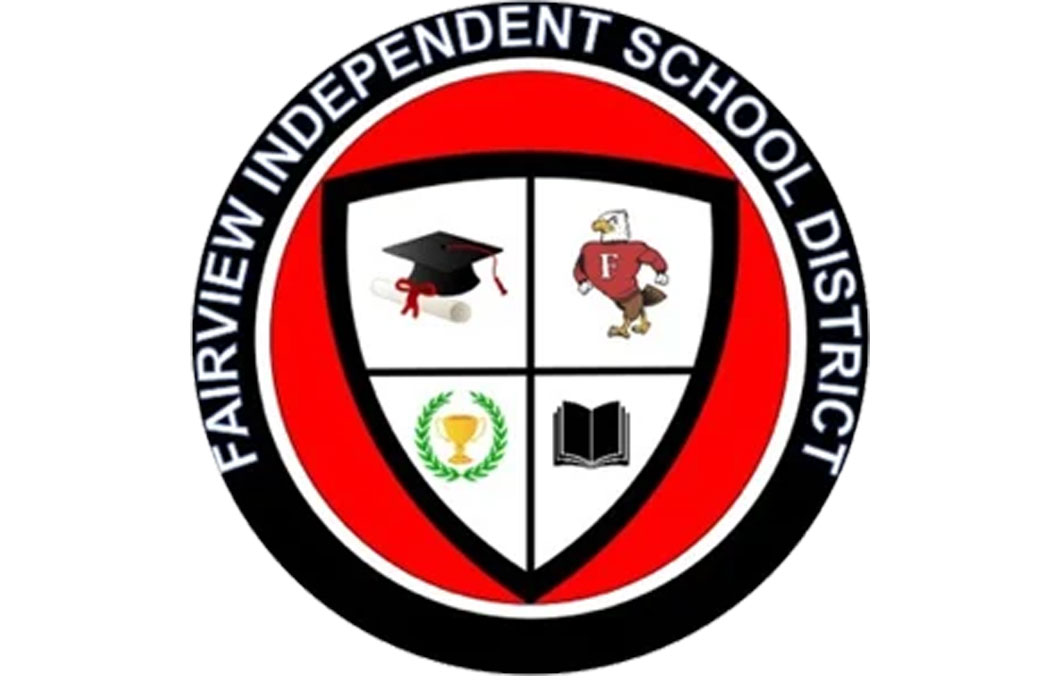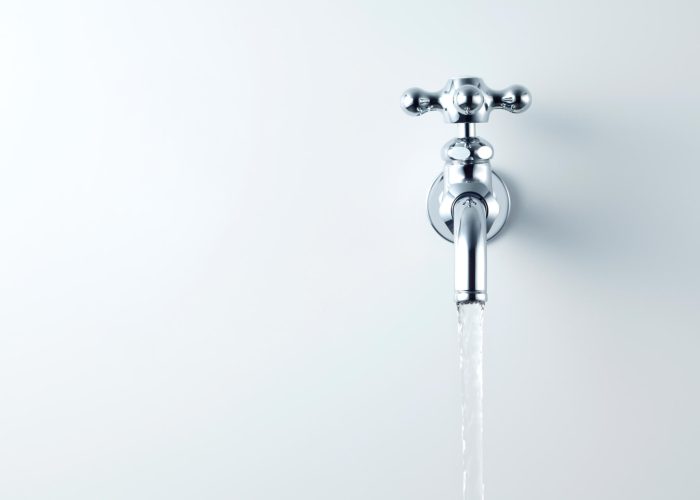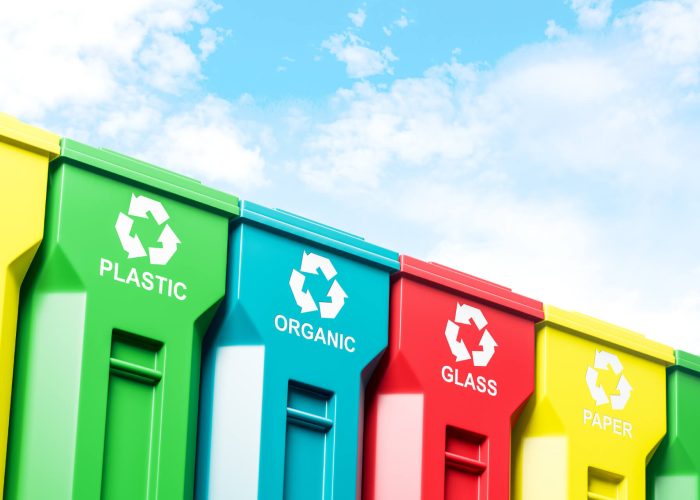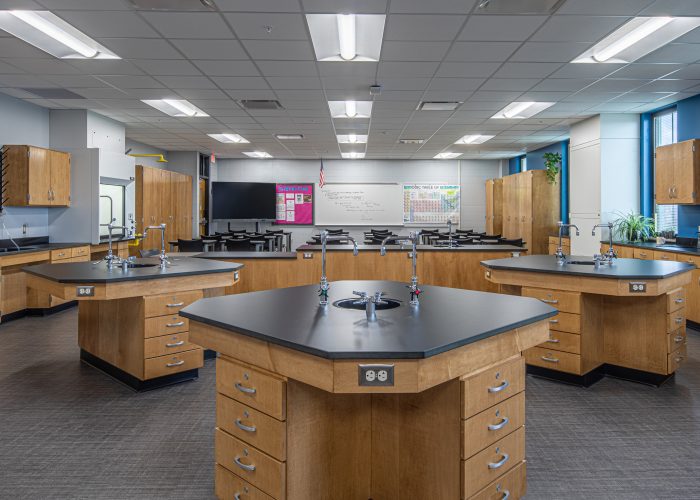How to Reduce Water Usage in Schools?
Approximately 6% of total water use in commercial and institutional facilities takes place in schools. The largest water uses in school facilities are heating and cooling systems, restrooms, drinking fountains, cafeteria kitchens, science labs, and outdoor fields and grounds. There are several tactics they can employ to reduce their consumption, including:
- Utilizing faucet aerators decreases the amount of water that flows through taps. Aerators can cut water consumption by 30% to 50%.
- High-efficiency dual flush toilets conserve water that is often wasted. The average toilet uses 3.5 gallons per flush, while a high-efficiency option only uses 1.28 gallons.
- Water-efficient plumbing fixtures can be installed throughout the school to eliminate inefficient systems that add to heavy water consumption. These fixtures include urinals, showerheads, and hose hookups.
- Detecting and repairing leaks as quickly as possible is the best way for schools to reduce their consumption and water waste. One leaky faucet can waste five gallons a day, adding up to 3,000 gallons per year.
- Landscaping with native drought-tolerant plants and mulching regularly can also reduce the amount of water that is needed for irrigation. Plants such as succulents and cacti, or ground cover plants like rockrose or moss phlox, can thrive with little water. Mulching plants regularly help the soil to remain moist, reducing the need for frequent watering.
- Adopting a water conservation policy within the school can also help students get on board with reducing the amount of water they use and contribute to a more sustainable building. Schools should encourage and practice these conservative procedures throughout the day to day.
- Encouraging the use of refillable water bottles among students and faculty to reduce plastic waste and encourage everyone to conserve water resources.
- Installing Smart Water Meters to provide detailed information on usage patterns. These meters can detect leaks and inefficient systems while monitoring usage to reduce costs and lower consumption by up to 27%.
- Collecting and utilizing rainwater from collection barrels on roofs, in parking lots, or throughout the school’s campus. This water can be used for landscape irrigation, and cooling systems, and in some cases, it can even be recycled into drinking water.
What are the benefits of reducing water usage in schools?
There are numerous benefits to reducing the amount of water consumption and managing usage within schools. Some of these include:
- Cost savings: Utilizing less water can decrease operating costs by 11%.
- Energy savings: Reducing water usage can decrease energy use by 15%. Thus, less energy is required to process, deliver, and heat water, resulting in reduced air pollution.
- Reduced stress on natural resources: Water conservation practices can decrease water use by 10%, which helps minimize the effects of drought and water shortages over time.
It is important that building owners take action to reduce their water consumption and eliminate all waste when possible. By creating water-efficient, eco-friendly buildings and adopting systems for conservation, the built environment can reduce any negative impact and encourage sustainability for a better future.
Hear From Satisfied Clients.








